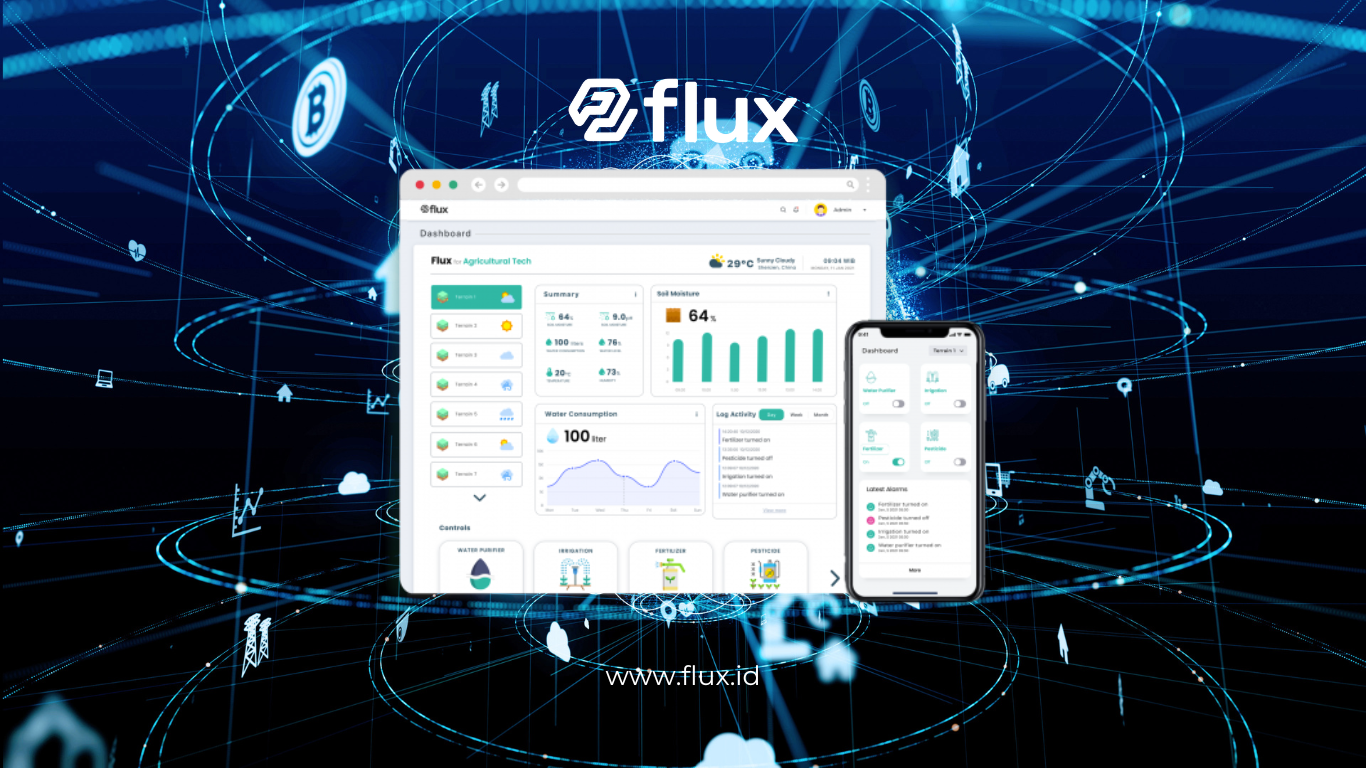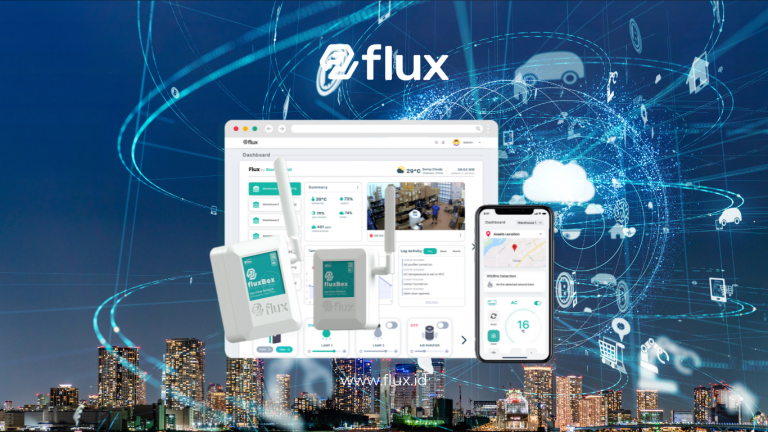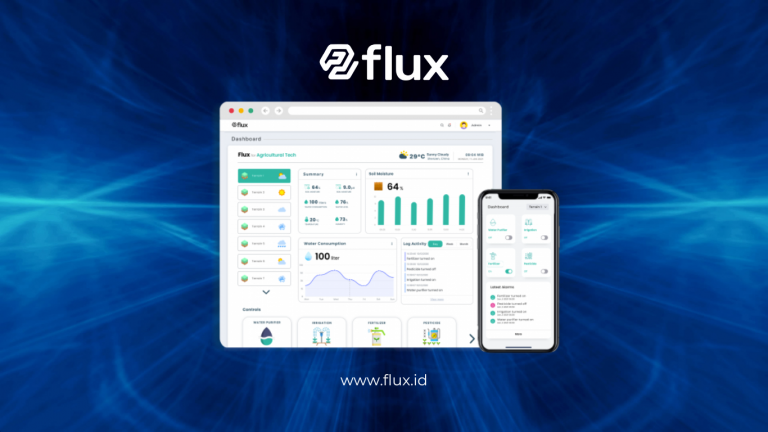Don't miss our holiday offer - 20% OFF!
In the era of digital transformation, the Internet of Things (IoT) has become a major driver of innovation across many industry sectors. As the number of connected devices grows, the need to manage and optimize these devices becomes increasingly urgent. Flux, as one of the leading IoT platforms from Nocola, offers advanced solutions for connecting, managing, and optimizing various IoT devices more efficiently. In this article, we will discuss the advantages of Flux, how it can be applied across different industries, and its impact on productivity and operational efficiency.
Contents
What is Flux?
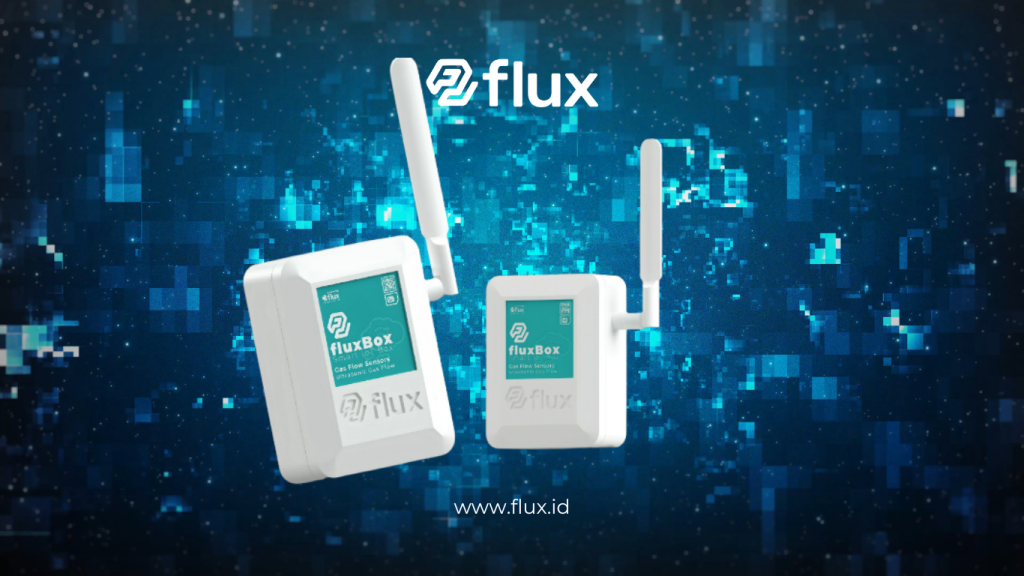
Definition
Flux is an IoT platform designed to provide robust connectivity and efficient management for various devices. By using Flux, companies can leverage data from connected devices to support quicker and more informed decisions.
Key Features of Flux
- Device Integration: Connects various types of devices, from sensors to industrial machinery, in a single integrated system.
- Real-Time Monitoring: Supplies data showing the operational status of devices instantly, facilitating monitoring.
- Data Analysis: Provides tools to analyze data collected from devices, helping make better business decisions.
- Automated Reporting: Generates reports for audit and evaluation purposes without requiring manual intervention.
Why is Flux Important in IoT Device Management?

1. Enhancing Operational Efficiency
Flux is designed to optimize operations by enabling better monitoring and management. With accurate data at hand, companies can identify potential areas for improvement and enhance existing processes.
2. Facilitating Data-Driven Decision Making
Decisions based on data provide a competitive edge. Flux presents data clearly and structured, allowing management to respond swiftly to changes.
3. Cost Savings
Investing in scalable solutions allows companies to avoid unnecessary expenses. They can add resources and features as demand grows without making substantial initial investments.
4. Competitive Edge
Companies that adopt flexible and scalable technologies can adapt more rapidly than their competitors. This provides a vital competitive advantage in a dynamic market.
How Does Flux Work to Optimize IoT Devices?
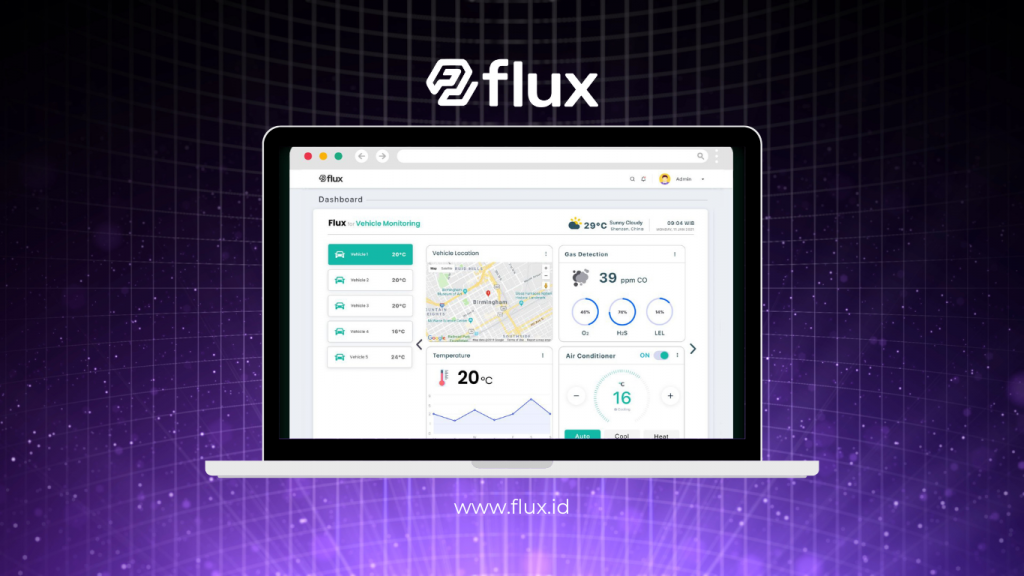
1. Device Connectivity
Flux connects various IoT devices throughout the organization. This connectivity allows for better data exchange and integrates all lines of operation.
2. Data Collection and Presentation
Data from connected devices is collected automatically. Flux provides a platform that processes and presents information in a user-friendly manner.
3. Real-Time Analysis
Data analysis is performed in real time to provide quick and accurate information. This allows teams to make immediate decisions that can affect productivity and efficiency.
4. Notifications and Automated Actions
Flux can be configured to send notifications if anomalies are detected or if parameters have reached predefined thresholds. This helps implement automatic measures when necessary.
Applications of Flux in Various Sectors
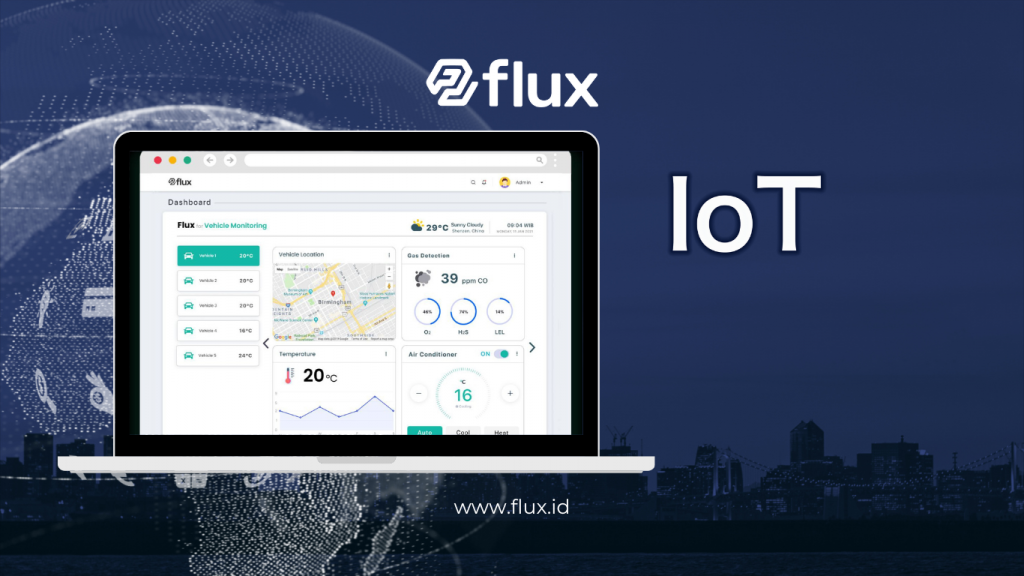
1. Manufacturing Sector
In the manufacturing sector, Flux plays an important role in monitoring machine performance and production processes.
Example Application
An automotive factory that implemented Flux for monitoring production equipment experienced a 30% increase in efficiency. With real-time data, they could quickly make improvements and boost their output.
2. Energy Sector
Flux is used in the energy sector to monitor energy usage and gas emissions produced.
Example Application
A renewable energy company adopted CEMS to monitor emissions of CO2 from their projects. With the collected data, they managed to reduce emissions by 15% within the first year.
3. Healthcare Sector
In the healthcare sector, Nocola uses LogSheet Digital to ensure accurate recording and management of patient and treatment data. This has proven essential in improving the quality of healthcare in hospitals and clinics.
4. Transportation Sector
Nocola also provides solutions that help fleet management and delivery efficiency, enabling logistics companies to monitor and optimize delivery routes while reducing fuel costs.
Long-Term Benefits of Using Nocola Technology
1. Improved Operational Efficiency
Solutions from Nocola help companies optimize their existing processes, from production to distribution. Resource utilization becomes more efficient, and downtime can be minimized.
2. Data-Driven Decision Making
Management supported by accurate data can conduct evaluations and deeper analyses, leading to decisions based on facts rather than assumptions.
3. Sustainability
With technologies that support efficiency, companies can minimize their carbon footprint and negative environmental impacts. This creates a platform that supports long-term sustainability.
4. Enhanced User Experience
Nocola’s innovative solutions enable companies to improve customer interactions through better service personalization, leading to increased customer satisfaction.
Conclusion
Nocola’s Solutions offer remarkable opportunities to enhance efficiency and productivity across various sectors. By leveraging technologies such as CEMS, LogSheet Digital, and WQMS, companies can meet environmental regulations while committing to sustainability.
Navigating the complexities of industry while adopting the right technologies is crucial for achieving a more efficient and environmentally friendly future. Let us harness the innovations offered by Nocola to build a greener, more sustainable industrial landscape.


